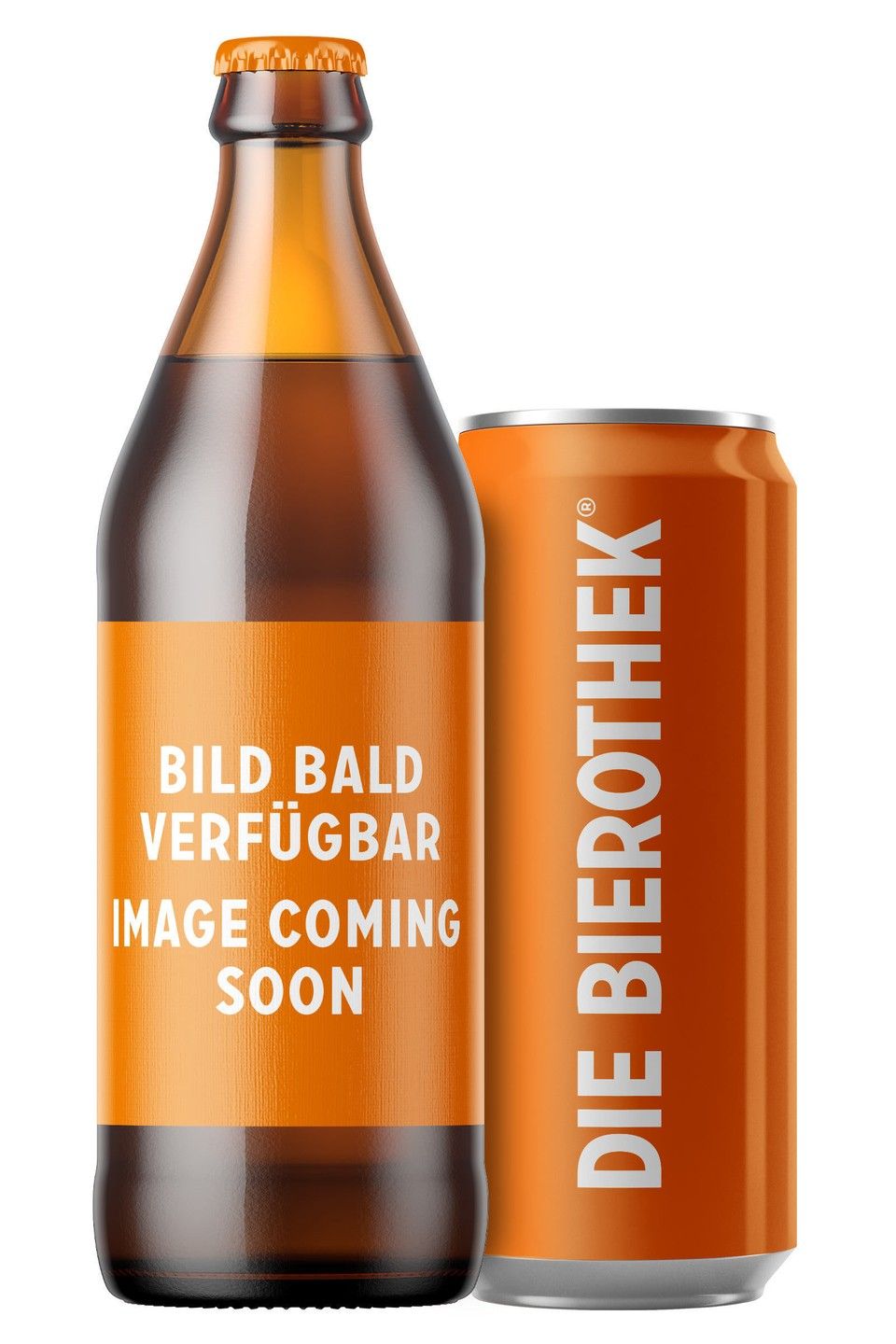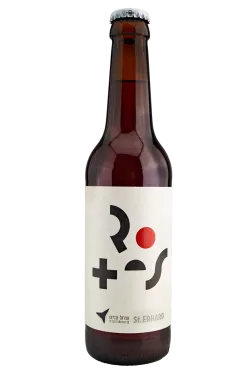
kaiserweisse jahrgang 2022
Notify me
Enter your email address here to be informed once as soon as the article is available again.
The Berliner Weisse has an eventful history behind it. In the 1920s, the style of beer from the capital was very popular. Whenever there was something to celebrate or a happy occasion to water, people grabbed the Berliner Weisse. It was nicknamed Riesling or Champagner Weisse and the noble beer was valued for its slim elegance and light-footed acidity. In the course of the following decades, the love for acid was lost and the beer was mixed with sweet syrups. Berlin’s trademark fell into oblivion and only experienced a renaissance in the new millennium. Today, the traditional beer style can often be found in its original form: craft brewers love the fine fruit acid pure or pair it with unconventional hop varieties and other ingredients.
The BrauKunstAtelier Tyrell has also taken on the Berliner Weisse. dr Thomas Tyrell has put his own stamp on the timeless style by combining and enhancing it with a few special ingredients. His Tripel Berliner Weisse is made using a brewing process from the 1920s and is double-fermented. Handpicked yeast strains and lactic acid cultures are responsible for the double fermentation.
The beer is particularly complex and tasty if you let it continue to mature in the bottles. In the past, the Berliner Weisse was buried in sand for a while, only to be enjoyed years later.
- Content
-
0,75 Liter Bottle
- Brauerei
-
 Tyrell BrauKunstAtelier
Tyrell BrauKunstAtelier
- Bierothek® ID
- 10378009
- Weight
- 0.74kg(1.39kg with packaging)
- Deposit
- € 0.25
- LMIV
- Responsible food business operator (EU)
Tyrell BrauKunstAtelier, c/o Erste Bernauer Braugenossenschaft e.G., 16321
Börnicke bei Berlin Deutschland(DE)
- Beer region
- Deutschland
- Beer style
- bock beers , organic beers (de-Öko-006) , wheat beers
- Beer Category
- organic beers
- Food recommendation
- Starter: Bruschetta
Main course: Roast lamb
Dessert: Tiramisu - Alcohol content
- 9.5 % vol
- Ingrediants
Water, barley malt*, wheat malt*, glucose*, hops, yeast, lactic acid cultures
*organically grown

